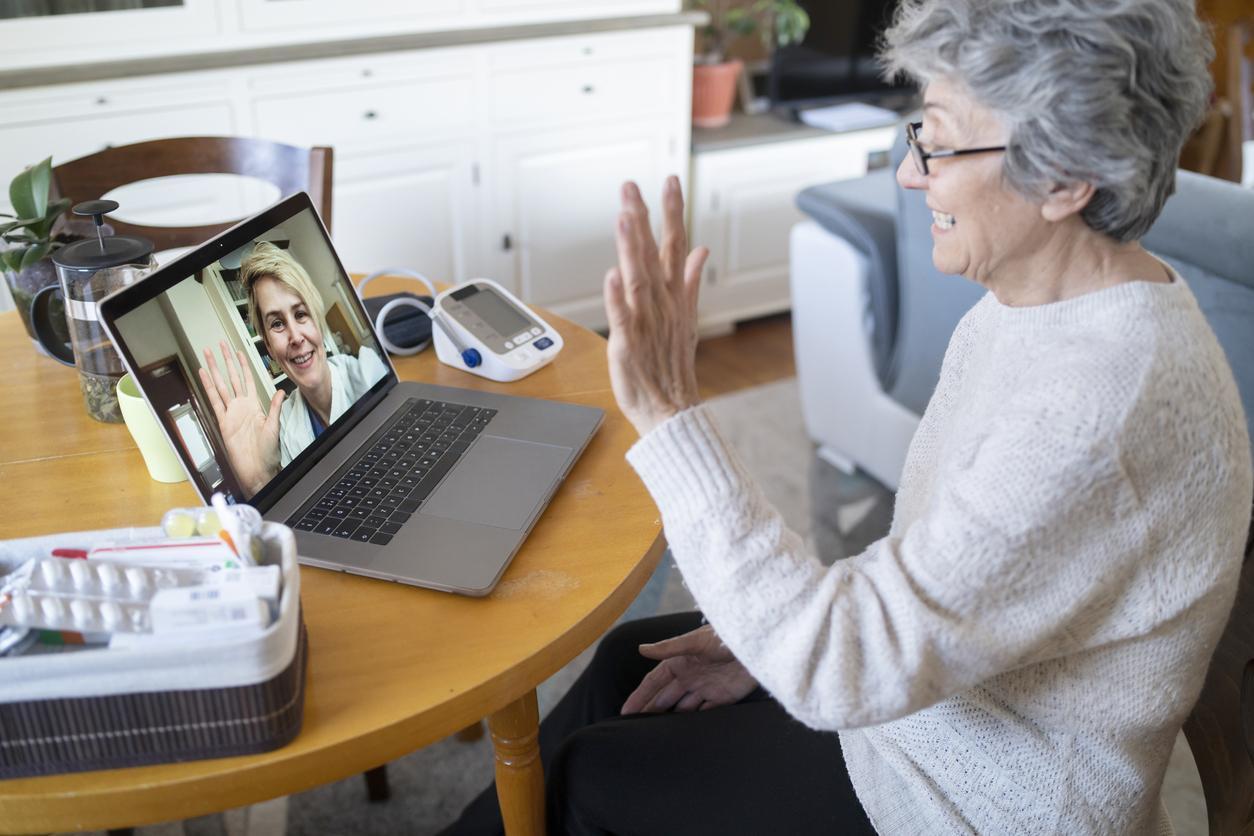Revolutionizing Elderly Care: How Technology is Making a Difference

As the global population ages, the demand for quality elderly care continues to rise. With an estimated 1.5 billion people aged 60 or older by 2050 (United Nations, 2020), the burden on caregivers and healthcare systems is concerning. Fortunately, technology is stepping in to enhance elderly care, improving outcomes, and offering a more sustainable solution. In this article, we’ll explore the evolution of technology in elderly care, its benefits, and the opportunities it presents for individuals, families, and caregivers.
Breaking Down Barriers with Remote Monitoring
Remote monitoring technology is revolutionizing the way we care for the elderly. Devices like smart sensors, wearables, and cameras enable real-time monitoring from anywhere, allowing caregivers to respond promptly to changing circumstances. For example, sensors can detect falls, medication adherence, and vital signs, while wearables track activity levels, sleep patterns, and mental health.
The benefits of remote monitoring are numerous:
- Increased safety: Instant alerts and early intervention reduce the risk of injury or harm.
- Enhanced well-being: Regular monitoring and support promote healthy habits and overall quality of life.
- Reduced caregiver burden: Technology streamlines tasks, freeing up caregivers to focus on emotional support and companionship.
Leading companies like Bay Alarm Medical, MobileHelp, and Philips are at the forefront of remote monitoring innovation, providing seniors with greater independence and peace of mind.
Empowering Independence with Smart Home Technology
Smart home technology is transforming the way seniors live at home, enhancing convenience, comfort, and accessibility. Automated systems control lighting, temperature, and security, making daily routines easier and reducing the risk of accidents.
Intelligent home devices, such as Amazon Alexa and Google Home, offer a range of benefits:
- Voice-controlled simplicity: Easy navigation and control through voice commands.
- Personalized comfort: Customizable lighting, temperature, and entertainment settings.
- Enhanced safety: Automatic alerts and notifications for caregiver support.
Companies like Philips, Honeywell, and Samsung are developing innovative smart home solutions, integrating technology into daily life to promote independence and dignity.
Improving Mental Health with Digital Therapies

Mental health is a critical aspect of elderly care, with anxiety, depression, and social isolation common concerns. Digital therapies offer a non-invasive, accessible solution for seniors to access support and engage with their mental well-being.
Virtual reality (VR), cognitive training, and social robotics are examples of digital therapies:
- Social connection: Virtual social engagements and group activities combat loneliness.
- Cognitive stimulation: Mental exercises and games maintain cognitive function and engagement.
- Therapy and support: Accessible, anonymous, and convenient resources for mental health care.
Research organizations like the University of California, Los Angeles (UCLA) and the National Institute on Aging (NIA) are conducting groundbreaking studies on digital therapies, highlighting the potential benefits and effectiveness.
Supporting Caregivers through Online Platforms
Caregivers often bear the brunt of elderly care responsibilities, requiring emotional and technical support. Online platforms and social networks offer invaluable resources and community connections:
- User forums and support groups: Shared experiences, advice, and guidance from fellow caregivers.
- Knowledge bases and tutorials: Tips, best practices, and training resources.
- Emotional support and counseling: Access to professional help and empathy.
Initiatives like Care.com, Caregiver Support, and the Alzheimer’s Association offer essential services, tools, and communities for caregivers, helping them navigate their vital roles.
Step into the Future of Elderly Care
As technology advances and becomes more integrated into daily life, the future of elderly care looks bright. With the World Health Organization (WHO) anticipating a threefold increase in older adults by 2050, the demand for innovation is pressing.
Actionable Steps:
- Explore remote monitoring options: Research smart sensors, wearables, and cameras for your loved one.
- Optimize your home’s technology: Consider smart home integration to enhance convenience and accessibility.
- Access digital therapies: Research VR, cognitive training, and social robotics for mental health support.
- Connect with online communities: Engage with caregiver forums and support groups for guidance and connection.
- Support elderly care innovation: Share your voice and perspective on emerging technologies and their applications.
As you navigate the landscape of elderly care, remember that technology offers a vital partner in caregiving, ensuring quality, dignity, and independence for all.
Share the Future of Elderly Care:
If you found this article informative and inspiring, help spread the word about the transformative potential of technology in elderly care. Share this article with friends, family, and fellow caregivers to fuel meaningful conversations and take collective action in revolutionizing elderly care. Together, we can create a brighter, more supportive future for seniors and their caregivers everywhere.


